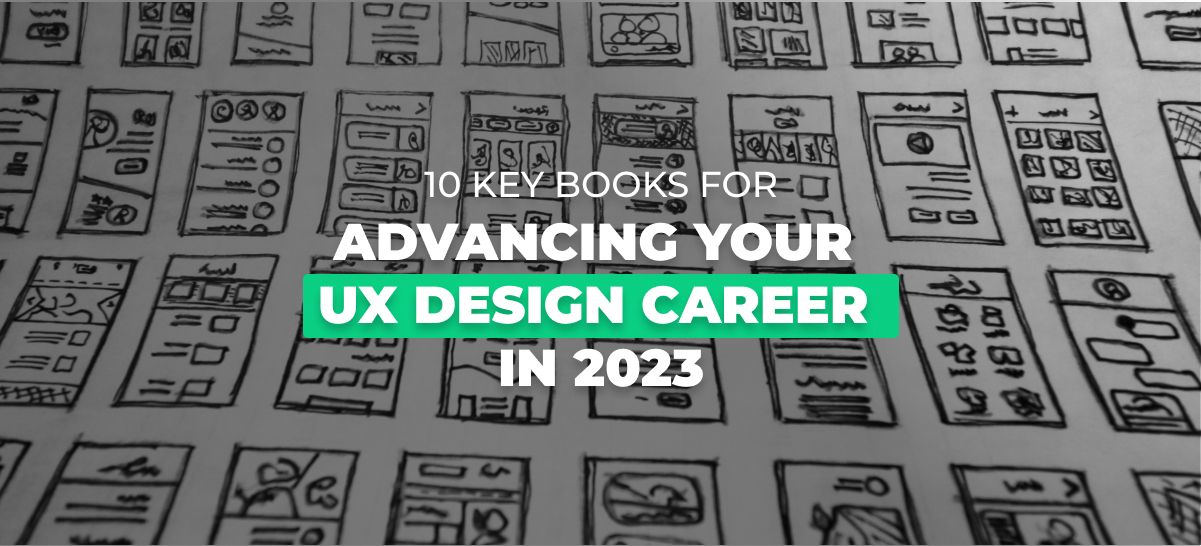As a UX designer, you’ve likely noticed how our field has been changing over the past few years, with a core set of knowledge at its foundation. Regardless of your level of experience, it’s essential to continually strengthen your understanding of the principles that shape your daily work and influence each project you take on. Many of these fundamental principles come from important books, so revisiting them can be highly beneficial. These books not only provide valuable resources for deepening your knowledge but also offer a cost-effective and time-saving alternative to enrolling in numerous UX design courses. With this in mind, here’s a list of books that cover various skills and topics essential for UX designers aiming to excel in the tech industry in 2023.
This post includes a book recommendation for each UX skill, ranging from user research to project management. Feel free to select a book based on the specific skill you wish to further develop.
If you’re looking to kickstart your journey in UX design, make sure to read our Complete Guide to Becoming a UX Designer for a comprehensive introduction.
User-Centered Design (UCD)
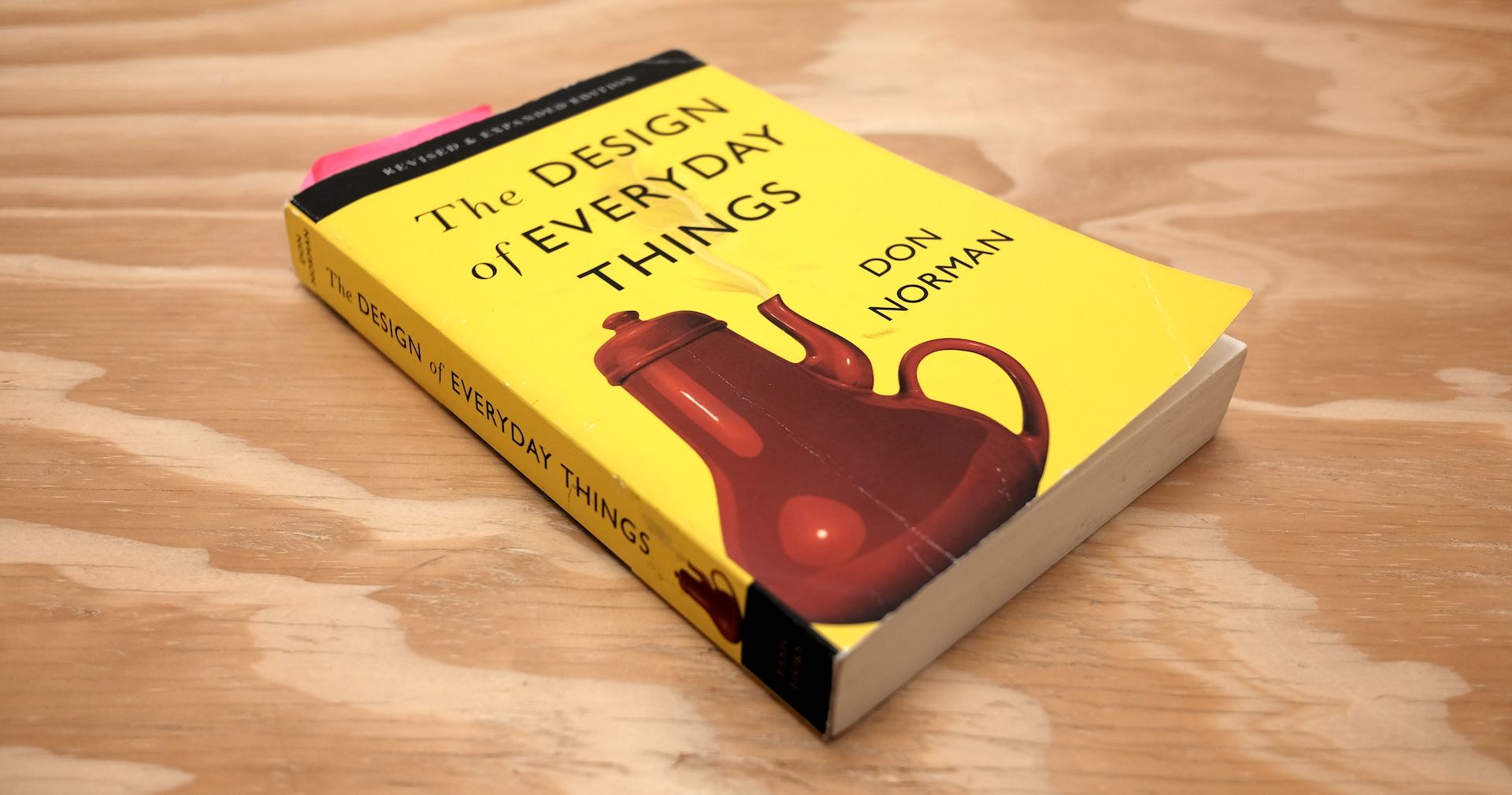
“The Design of Everyday Things” by Don Norman
“The Design of Everyday Things” by Don Norman is a timeless classic that offers profound insights into the world of design and usability. Through relatable anecdotes and practical examples, Norman illuminates the principles of user-centered design, emphasizing the importance of clear affordances, feedback, and intuitive interfaces. While some references may feel dated, the core message remains relevant: good design enhances user experiences. This book is essential reading for designers and anyone interested in understanding the psychology behind everyday objects. It’s a captivating and accessible exploration of design’s impact on our lives.
Book’s home page: https://www.nngroup.com/books/design-everyday-things-revised/
User Research
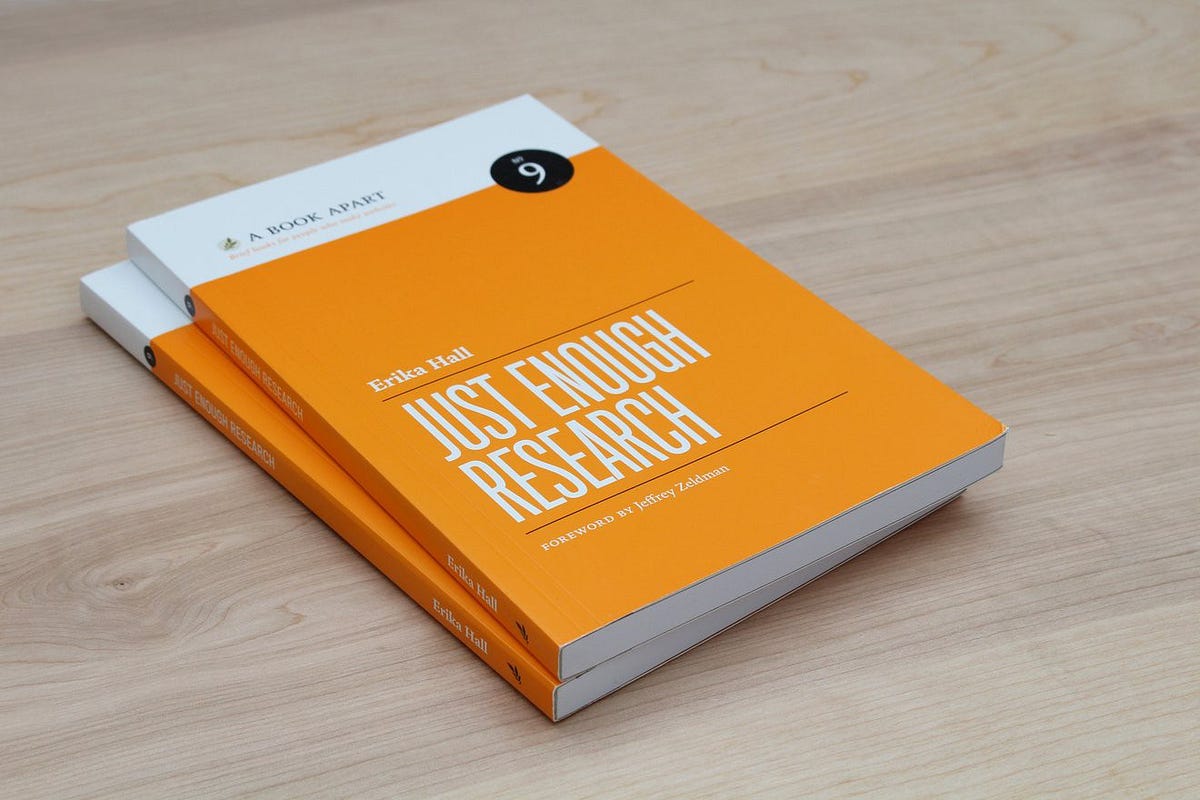
“Just Enough Research” by Erika Hall
Good research is about asking more and better questions, and thinking critically about the answers. Done well, it will save your team time and money by reducing unknowns and creating a solid foundation to build the right thing, in the most effective way.
Erika Hall distills her experience into a guidebook of trusted research methods you can implement right away, no matter what size team you’re on or budget you’re working with. Learn how to discover your competitive advantages, spot your own blind spots and biases, understand and harness your findings, and why you should never, ever hold a focus group. You’ll start doing good research faster than you can plan your next pitch.
Source and book’s home page: https://abookapart.com/products/just-enough-research
Information Architecture
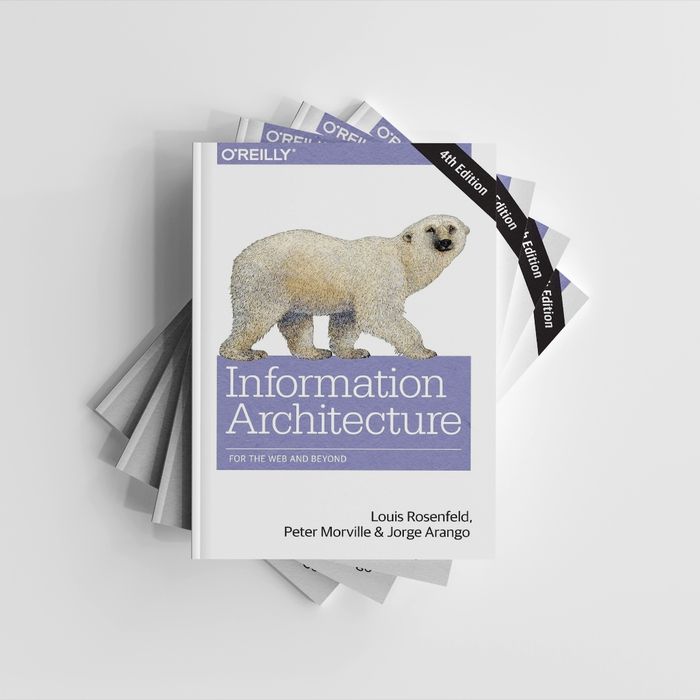
“Information Architecture: For the Web and Beyond” by Louis Rosenfeld and Peter Morville
Information Architecture: For the Web and Beyond” by Louis Rosenfeld and Peter Morville is a seminal work in the field of information architecture and user experience design. This book provides a comprehensive and timeless exploration of how to organize and structure information effectively, not only for the web but also for a wide range of information-rich environments.
Amazon page: https://www.amazon.com/Information-Architecture-Beyond-Louis-Rosenfeld/dp/1491911689
Interaction Design
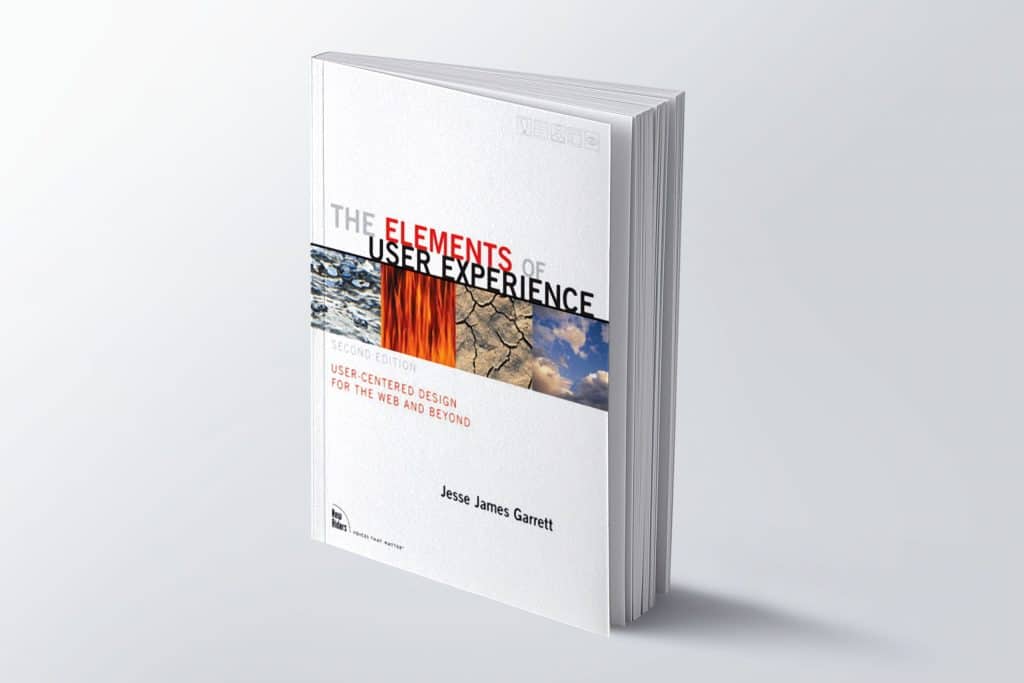
“The Elements of User Experience” by Jesse James Garrett
The Elements of User Experience” by Jesse James Garrett is a concise and highly influential book that distills the complex world of user experience (UX) design into a clear and comprehensible framework. This book presents Garrett’s five-plane model, breaking down the UX design process into five layers: strategy, scope, structure, skeleton, and surface.
What makes this book particularly valuable is its ability to take a holistic view of UX design while providing practical insights for designers at all levels. Garrett emphasizes the importance of aligning design decisions with user needs and business goals, making it an essential resource for both beginners and seasoned professionals.
Amazon page: https://www.amazon.com/Elements-User-Experience-User-Centered-Design/dp/0321683684
Visual Design
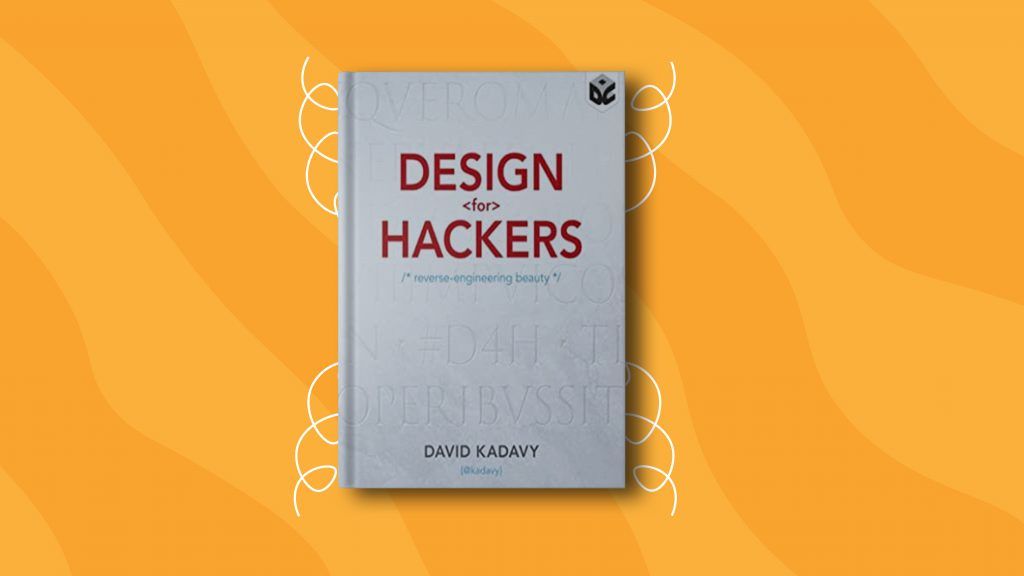
“Design for Hackers” by David Kadavy
Many design books try to teach design through lists of “do’s” and “don’ts.” But hackers know you need a deeper understanding of something to really do it well. Design for Hackers takes apart design by “reverse-engineering” Impressionist painting, Renaissance sculpture, the Mac OS X Aqua interface, Twitter’s web interface, and much more. You’ll learn about color theory, typography, proportions, and design principles. This theoretical advice is mixed with concrete, actionable advice such as suggestions for color scheme tools, and a chart of “all of the fonts you’ll ever need.
Amazon page: https://www.amazon.com/Design-Hackers-Reverse-Engineering-Beauty/dp/1119998956
Usability Principles
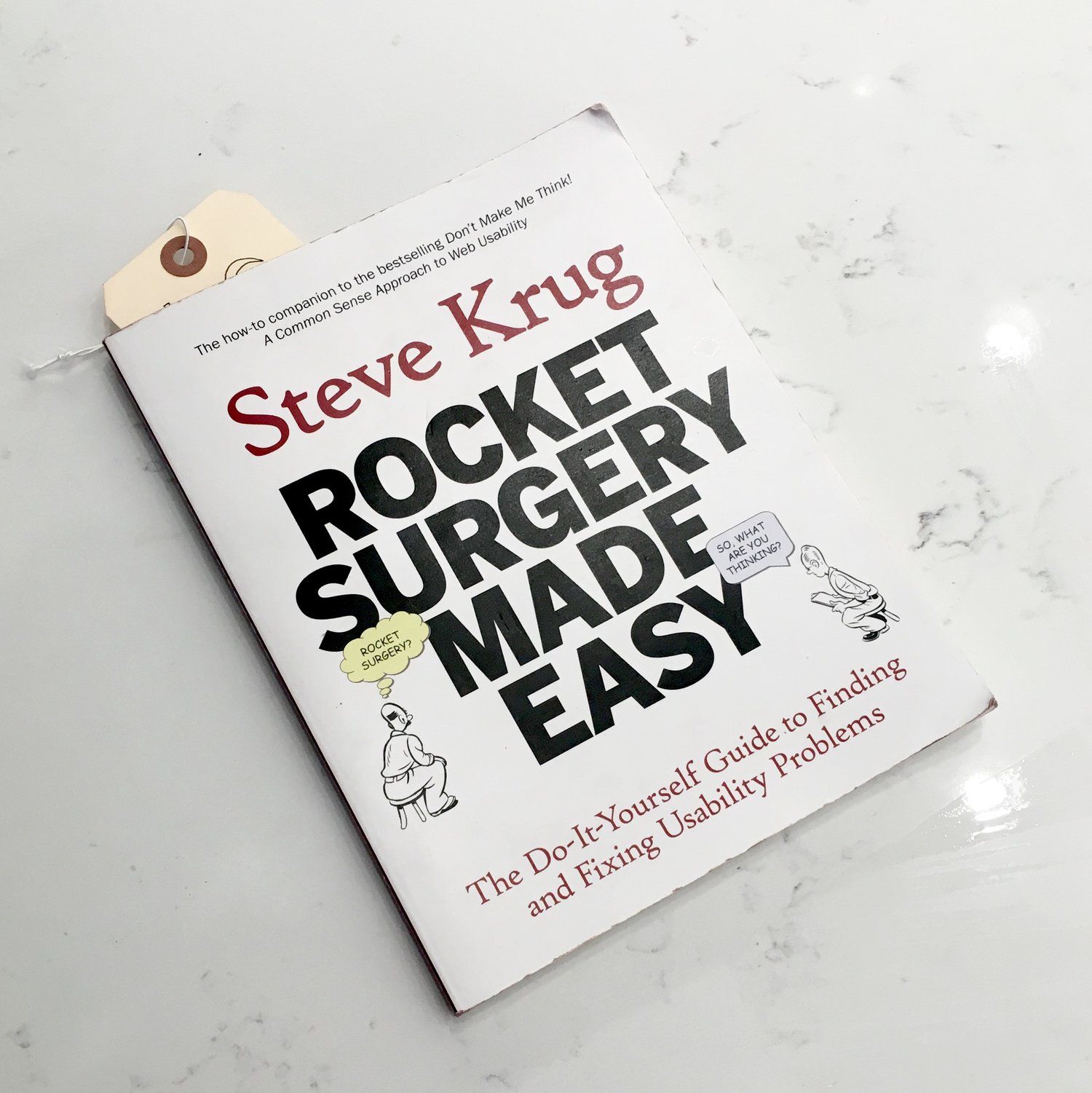
“Rocket Surgery Made Easy: The Do-It-Yourself Guide to Finding and Fixing Usability Problems” by Steve Krug
“Rocket Surgery Made Easy” by Steve Krug is a must-read for anyone involved in user experience (UX) design and usability testing. Krug’s approachable writing style and practical guidance make the complex world of usability testing feel simple and accessible.
This book provides a clear roadmap for planning, conducting, and analyzing usability tests, making it a valuable resource for both beginners and experienced practitioners. Krug’s emphasis on simplicity and minimalism aligns perfectly with the principles of good UX design, making this book a practical and essential addition to any UX designer’s library.
Amazon page: https://www.amazon.com/Rocket-Surgery-Made-Easy-Yourself/dp/0321657292
Accessibility

“A Web for Everyone: Designing Accessible User Experiences” by Sarah Horton and Whitney Quesenbery
This book provides a comprehensive and user-centric approach to accessibility, emphasizing the importance of making digital experiences inclusive for all users, including those with disabilities.
The authors combine insightful guidance with real-world examples, making complex accessibility concepts approachable and actionable. They cover a wide range of topics, from web content to mobile apps, ensuring that readers gain a holistic understanding of accessibility considerations.
Amazone page: https://www.amazon.com/Web-Everyone-Designing-Accessible-Experiences/dp/1933820977
Ethical Considerations
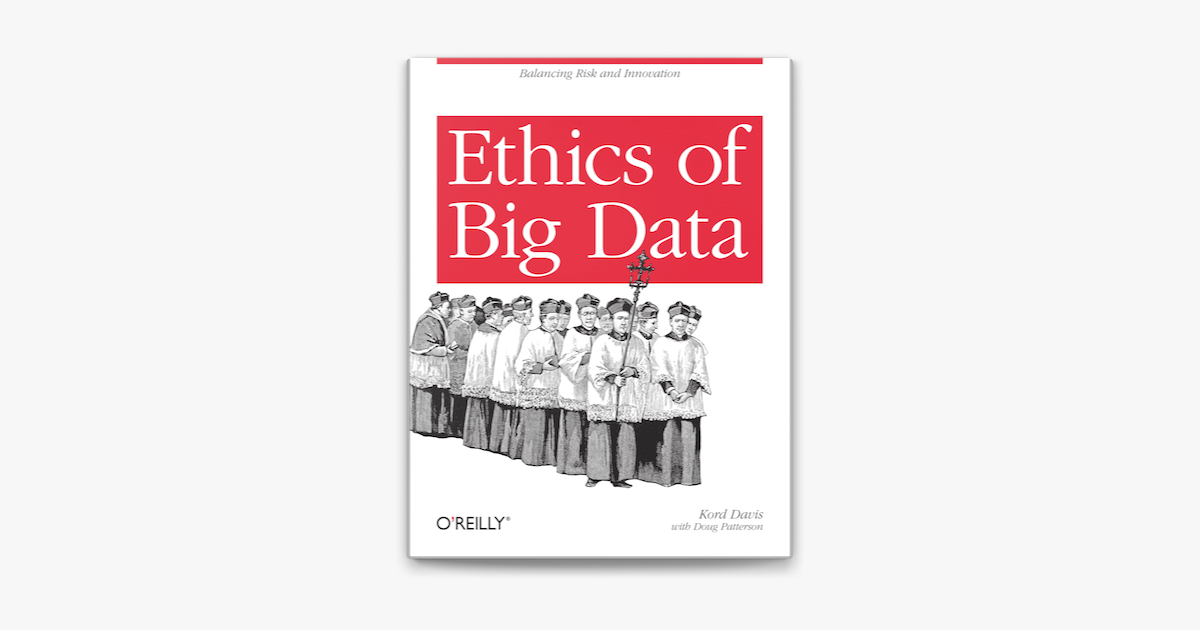
“Ethics of Big Data” by Kord Davis and Doug Patterson
Both individuals and organizations have legitimate interests in understanding how data is handled. Your use of data can directly affect brand quality and revenue―as Target, Apple, Netflix, and dozens of other companies have discovered. With this book, you’ll learn how to align your actions with explicit company values and preserve the trust of customers, partners, and stakeholders.
Amazon page: https://www.amazon.com/Ethics-Big-Data-Balancing-Innovation/dp/1449311792
Business Acumen
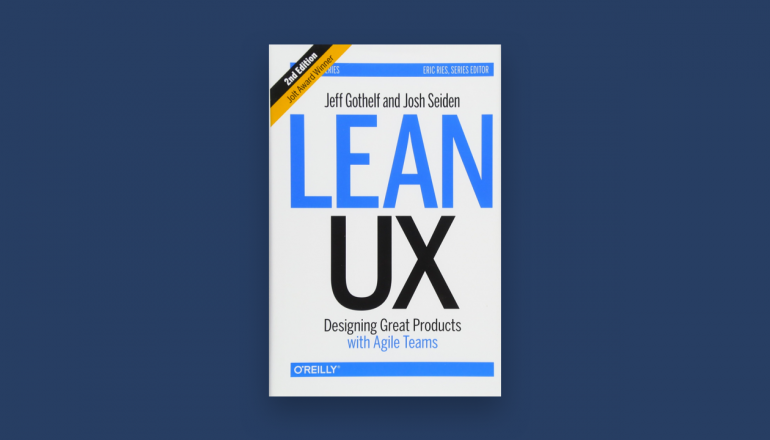
“Lean UX: Designing Great Products with Agile Teams” by Jeff Gothelf and Josh Seiden
This book successfully combines Lean principles, user-centered design, and Agile methodologies to provide a practical and effective approach to creating exceptional digital products.
The authors stress the importance of cross-functional teams working closely together, incorporating user feedback early and often, and focusing on outcomes rather than outputs. This approach not only accelerates the development process but also leads to more user-centric and successful products.
Amazon page: https://www.amazon.com/Lean-UX-Designing-Great-Products/dp/1491953608
Project Management
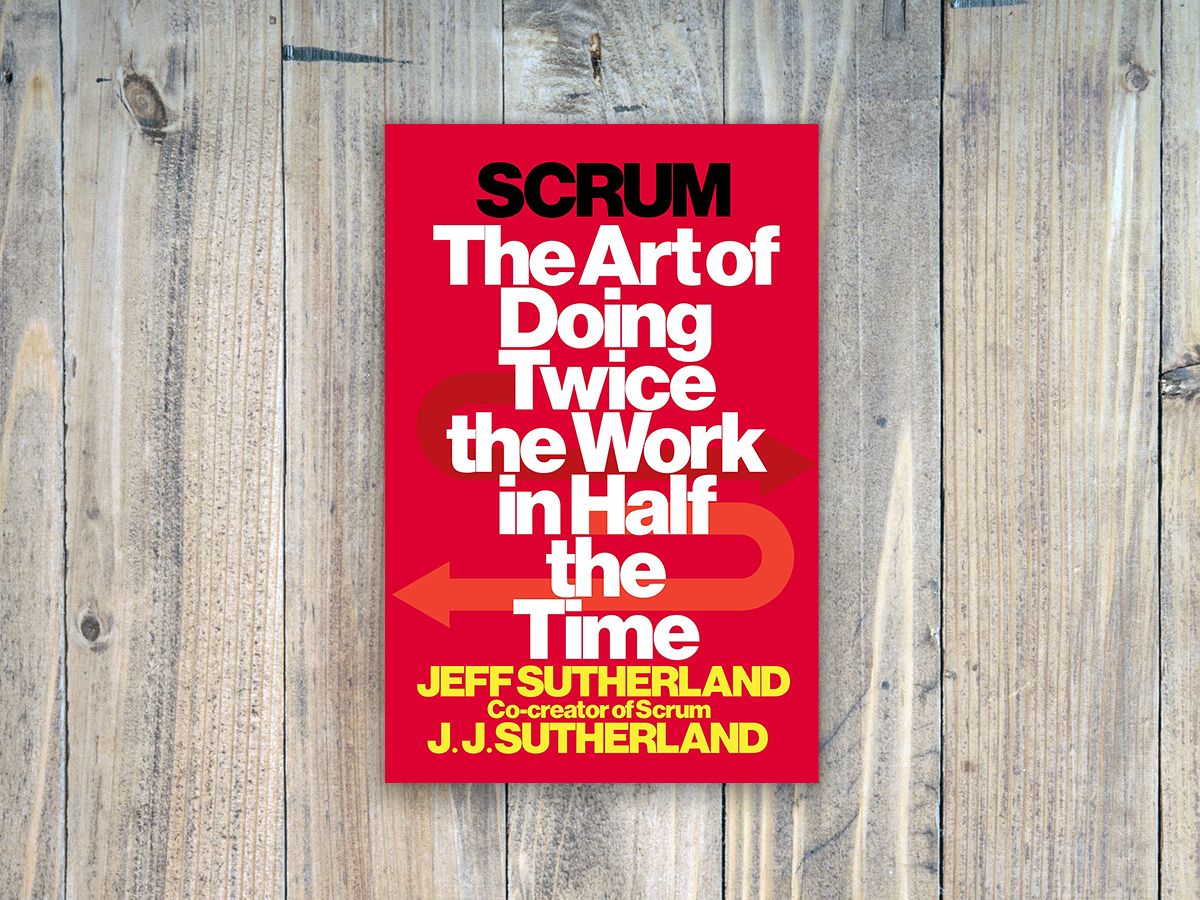
“Scrum: The Art of Doing Twice the Work in Half the Time” by Jeff Sutherland
Scrum: The Art of Doing Twice the Work in Half the Time” by Jeff Sutherland is a motivating and practical guide to adopting the Scrum framework for project management. With real-world examples and a wealth of experience, Sutherland illustrates how Scrum principles can drastically enhance productivity and efficiency.
This book is a must-read for anyone seeking to implement Scrum principles in their projects. Sutherland’s emphasis on self-organizing teams, iterative development, and continuous improvement is both inspiring and actionable. The inclusion of practical tips and case studies ensures that readers can apply Scrum principles in their own work effectively.
Amazon page: https://www.amazon.com/Scrum-Doing-Twice-Work-Half/dp/038534645X
Conclusion
These books cover a wide range of UX design topics, from foundational principles to practical techniques and ethics. Depending on your specific interests and career goals, you can select books that align with your learning objectives. Additionally, consider exploring online resources, and articles to stay up-to-date with the latest developments in the field.
Ready to take your UX design career to the next level? Head back to our Complete Guide to Becoming a UX Designer for additional resources and actionable tips.
